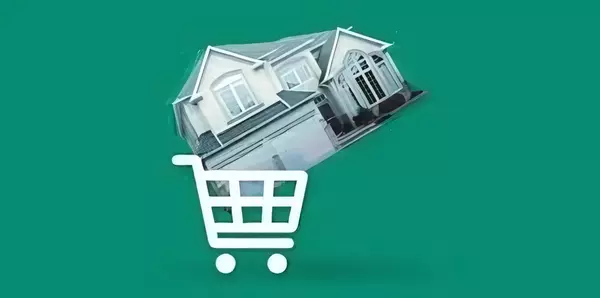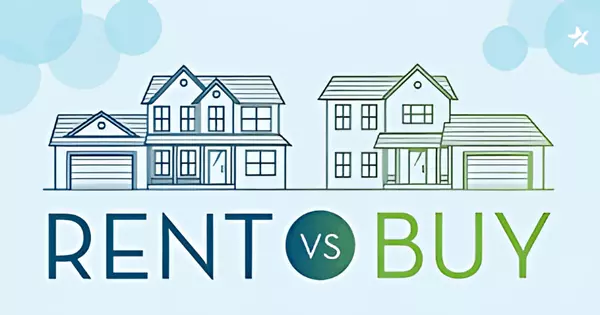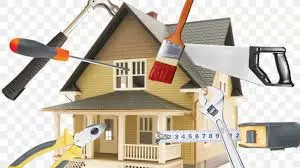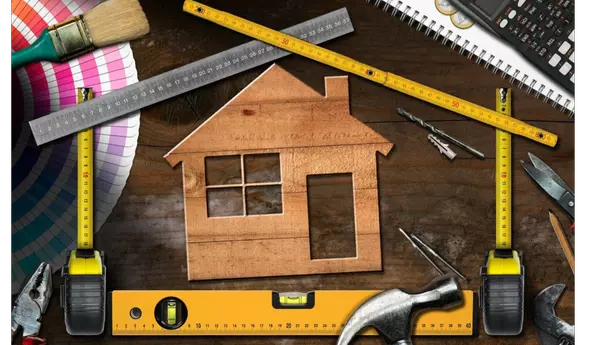
Tips For How to Price Your Home For Sale
Pricing your home correctly is critical to your success as a home seller. If you set your price too low, your home may sell quickly but you may end up without enough money to effectively pay for the cost of a move or a new home. On the other hand, if you set the price too high, your property could sit on the market for months. Here are some guidelines to keep in mind when pricing your home. Your Home’s Original Purchase Price is Not a Factor of Its Current Price No matter how much – or little – you paid for your home when you originally bought it, those figures don’t necessarily have anything to do with the sale you’re about to undertake. The truth is, markets change. Your home might be worth a lot more or a lot less now than when you first purchased it. Not All Improvements Add to the Value of Your Home In fact, many homes are over-improved for their size or neighborhood. While some improvements, such as the addition of extra rooms or a garage, do add value, others are more of a matter of taste and style. Unfortunately, you won’t be able to count on your favorite improvements meaning anything to a prospective buyer. If You Overprice, You Actually May End Up Selling for Less Than Market Value It may sound shocking, but think of it this way: If your home is overpriced, buyers in that price range will likely opt to purchase larger homes in favor of yours. And at the same time, your best prospective buyers may never even get to see your home because they’ll perceive it as out of their price range. In this scenario, your home will end up on the market for much, much longer – adding to your carrying costs – and you ultimately may need to drop the price below market value in order to offload the property. Pricing is the Market’s First Impression of Your Home New listings create excitement in the market, as agents are always eager to find something new to bring to their prospective homebuyers. Because of this fact, your home will get the most activity – and likely its best offers – within the first 30 days of its listing. If you price your home too high, you might miss out on some of your best early-bird prospects. Too low, and you may turn off buyers who could end up looking at your home and wondering if there’s something ‘wrong’ with it. And eventually, your listing becomes old news, even ‘stale’, and over time, overlooked. The good news is, much of this confusion (and its potential consequences) can be easily avoided by asking a real estate agent to perform a Competitive Market Analysis (CMA) for your home, which will give you much better insight into your property’s real value in the current market. If you’d like a Competitive Market Analysis performed for your home, as well as more in-depth guidance on the ins and outs of selling your property, we are happy to help. Feel free to reach out to us any time – we’re always here for you.

Tips to Help Save Money for Your First Home
It's 2022, you’re ready to buy a house and now you have the stress of figuring out how you are going to save enough money. Well, the first step in saving for a house is figuring out how much house you can afford. Reach out and connect with a lender that can walk through what you qualify for, do you need to do credit repair, and what should you expect to have set aside. Give me a call, text or email and I will share a few lenders that I have worked with over the years that we trust. Once you have that number ballparked, can see how much you need to save and start the process. It doesn’t have to be painful, just follow these 5 tips and you’ll be saving money in no time. Budgeting Budgeting can seem stressful, but it doesn’t have to be. There are many different choices of apps that will do all the work for you and even give you suggestions on how to better manage your spending habits. Apps such as Mint and PocketGuard give insight on what you have been spending your money on and give you tips on how to cut back and save more money. The interfaces on both apps make it easier to see where your money is going by utilizing different graphs to make it easier to read. Set up an automatic savings For people who don’t find themselves putting money aside very often, this can be an easy option. Depending on your budget you can set up an automatic transfer from your accounts on a daily, weekly, bi-weekly, or even monthly schedule, whichever fits your lifestyle best. This is a “set it and forget it” option that will be building up savings before you know it. Get a side hustle Today more than ever there are so many options out there for people to earn more money with a second job or “side hustle”. Consider driving for a rideshare service or delivery such as Uber and UberEats where you can work whenever you are able to with no set hours or minimum requirements. If you are a dog person you might find dog walking or pet sitting more of your style. There are many apps out now that allow you to easily connect with people who need their dog walked or somebody to watch them for a day/night. The best part about all of these options is that they won’t interfere with your current job. Put retirement savings on hold If you are young and actively contributing to your retirement fund, then you can put it on pause and start putting that money into a savings account instead. Saving for retirement is stressful by itself so you just need to remind yourself this is a short-term option to help boost your savings. Take care of your debt Saving might seem impossible especially if you have other debt obligations to take care of. Knocking down some of your outstanding debt first will help free up more money to put toward a savings account. If you have high-interest loans, consider refinancing them and if you have a high credit card balance, try to put as much as you can to that to help in the long run with saving money.
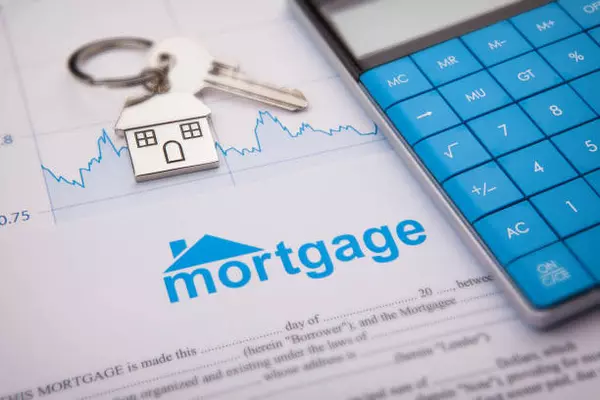
What Are Your Options For Your Next Mortgage?
Buying a home can be very overwhelming sometimes, especially if it is your first time home buyer. Knowing the differences between the various mortgages can help you answer one of your questions and help you work through this process. Whether you decide to go with a Conventional, FHA, or VA mortgage, hopefully, this can shed some light on your options and help you decide what fits best for you. Conventional A conventional loan is a loan that is funded by private financial lenders and not government-backed like the others. This means that conventional loans carry no guarantees for the lender if you fail to repay the loan. Because of this, if you put less than 20% down, you will likely need to pay for private mortgage insurance to make sure the lender is paid if you default on the loan. Conventional loans are the most common mortgage because they don’t have the strict regulations on income, home type and home location qualifications like the other options do. Because of that, the regulations on your credit score and debt-to-income ratio are stricter but the interest rates are also lower. FHA FHA home loans are mortgages designed for borrowers who have a steady income but lack the resources to put 20% down on the purchase of a home. They are particularly well suited for first-time buyers, people trying to conserve cash, early-career borrowers, or people with less-than-ideal credit history. Since an FHA loan is backed by the government the maximum amount is not as high as a conventional loan. VA A VA-guaranteed loan is a loan that the U.S. Department of Veterans Affairs (VA) guarantees. These mortgage loans can be guaranteed with no money down and no private mortgage insurance requirement. To qualify for a VA loan, you must be one of the following: a current member of the U.S. armed forces a veteran a reservist/national guard member, or an eligible surviving spouse First Time home buyers also can get financial assistance though grants. Call and I can set you up with a lender that works with Minnesota Housing grants.
Categories
Recent Posts
